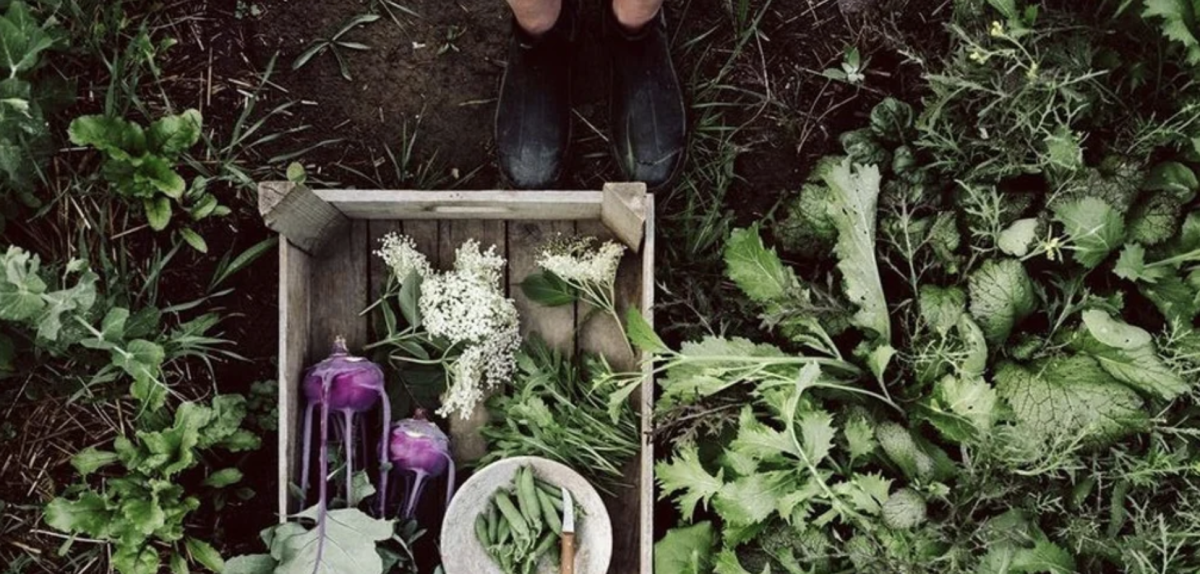Over the past few months, Tenafly resident and environmental committee member Dorthy Quinn has been turning kitchen scraps into gold. Her composting project has grown to having 50 Tenafly families participating in it, and she aims to make it into a town-wide success that is helping aid Tenafly’s environmental impact.
The Tenafly Community Composting program is sponsored by the Tenafly Environmental Commission and is designed to make composting easier and more efficient for local residents. “Households register at our vendor’s site, neighborhoodcompost.com, and receive a bucket with a liner to put their food scraps into in their kitchens,” Quinn said. “These buckets have airtight lids so it locks in any smells and oftentimes people need to take out their trash less and their trash smells less.” The collected food scraps can be dropped off at three convenient locations: Sunnyside Park, Churchill Nature Preserve, and the Recycling Center.
One question that Quinn is often asked is, “Why is it efficient to drive food scraps?” The answer is that food scraps exude methane, and therefore the composting effort helps decrease the emission of methane into the atmosphere. “The quantity of methane we have removed from the atmosphere through Tenafly’s program alone is equivalent to driving across the United States at least three times,” Quinn said.
Once the food scraps reach the farm, they can serve a number of purposes. “Livestock eat some of the food and then the rest is put into huge compost piles to decompose aerobically,” Quinn said. “Aerobic decomposition means breaking down with the presence of oxygen. When food or any organic material gets stuffed into a landfill, under a lot of other materials, it cannot break down aerobically, so it instead emits methane gas.”. Aerobic decomposition, on the other hand, helps produce compost.
Even though the program has a number of benefits, increasing participation is still an obstacle that Quinn is aiming to overcome. Despite there currently being 50 families taking part in the composting project, there is room for up to 150. “Right now we have 50 families, but we’d really like to get as many households on board as possible because, with more scale, we can be more fuel-efficient and cost-effective,” Quinn said. Her ultimate goal is to make the program entirely free for Tenafly families so as to remove any financial barriers.
“The biggest challenge has been adoption,” she said. “Our program logistics have been really well-managed, which is not easy when you’re dealing with smelly, slimy food waste, especially in the summer, but we have an incredible vendor and have gotten the program to be very stable. However, changing families’ habits and getting them to see the value of the program remains a barrier.”
Overall, Quinn believes that communication and education about the project are important to increasing its efficacy. “Education, like coming to Tenafly High School, is a huge part of creating a more resilient and civically engaged community,” she said. “Students should be empowered to understand where their waste goes in this town or any place they live in so they can make sustainable choices and eventually vote for elected representatives who care about the health and safety of the planet.”. Through this program, she helps to inspire and drive positive environmental change with Tenafly.













































































































































